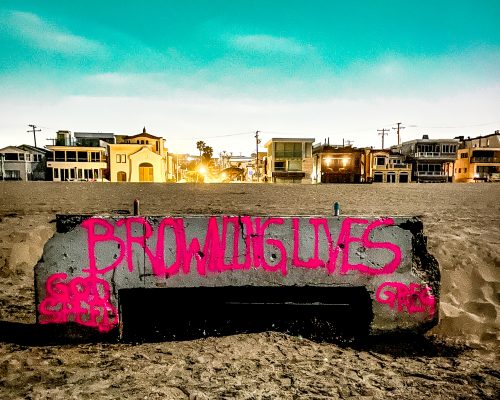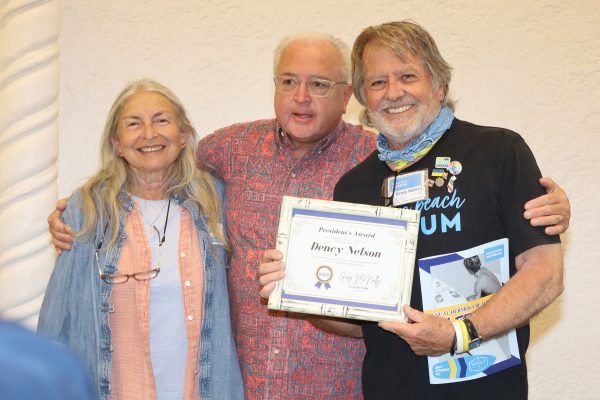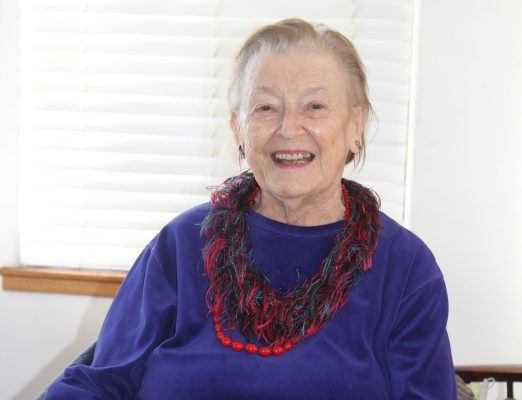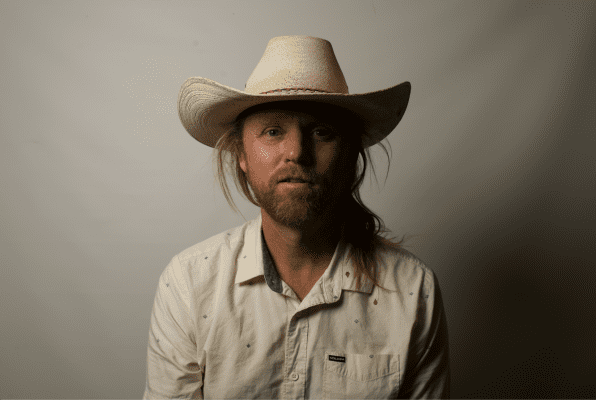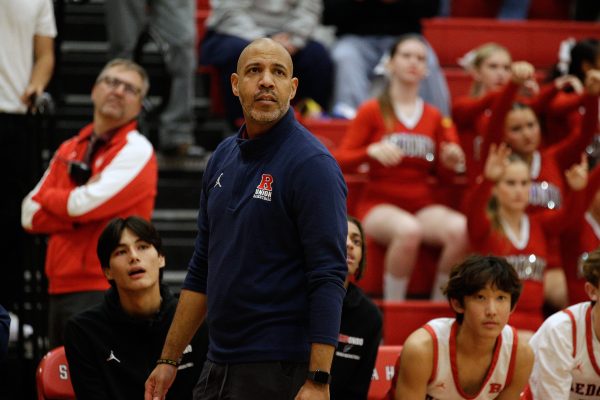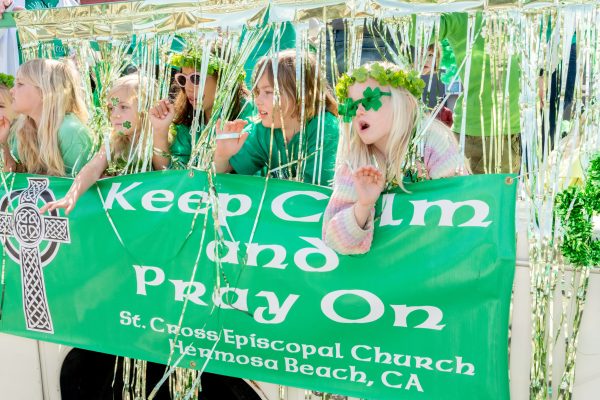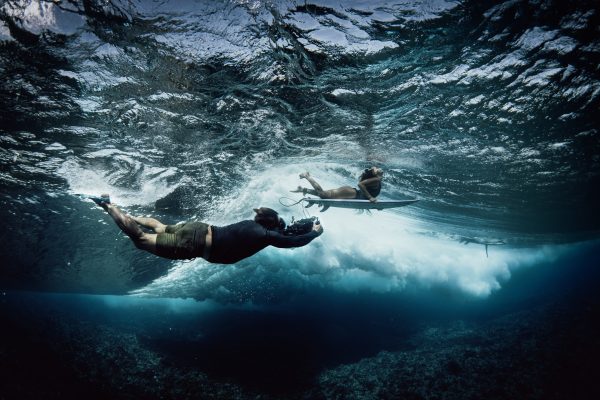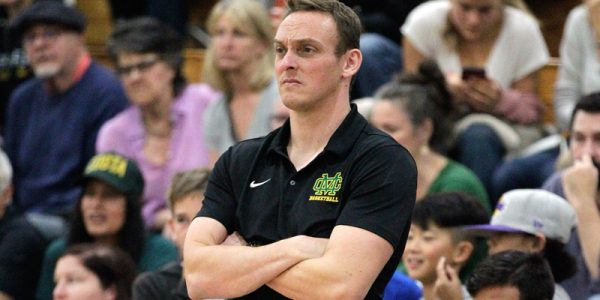
Beach volleyball great Kathy Gregory will honored along with four new members when the California Beach Volleyball Association (CBVA) in conjunction with the Hermosa Beach Historical Society hosts the 3rd annual Hall of Fame Induction Ceremony.
Festivities take place Friday, Nov. 15 beginning at 7 p.m. in the Hermosa Beach Community Theater located at 710 Pier Ave. a social gathering will follow in the adjacent Hall of Fame center at approximately 8:30 p.m.
Gregory was inducted into the Hall of Fame in 1992 as a member of the inaugural class. The class of 2013 includes 2000 Olympic Gold Medalist Eric Fonoimoana, 1970s defensive guru Buzz Swartz, the 1980-90s high flying Patty Dodd and beach volleyball historian Jack Adriance. Presenting speakers include Tim Hovland, Matt Gage and Liz Masakayan.
Tickets are $10 per person and available by logging on to cbva.com/halloffame. For more information, email info@cbva.com.
Kathy Gregory
In the 1970s, Kathy Gregory was leading in the finals of a mixed four-person tournament playing along-side the legendary and intimidating Wilt Chamberlain. Wilt was making errors. Gregory, with a voice that redefined “within earshot,” told him loudly to “pick up his play.” People driving on Pacific Coast Highway probably heard the verbal undressing Gregory unleashed and there’s no doubt all 7’ 2” of Wilt took exception to the criticism. But Gregory was not about to back down. She never backed down. She was, and is, a walking, talking, fire-breathing embodiment of volleyball passion.
Growing up before public schools offered sports for girls, Gregory cut her teeth competing against her older brothers. Female athletes had few role models back then – they had to blaze their own trail. In 1959, at age 14, she played her first beach event, a coed doubles open. Her adult partner, a man nicknamed “The Panther,” said plenty to both sides of the net as he and Gregory dropped their first round match in the double elimination tournament. The Panther scolded the young Gregory without apology: “Suck it up. It’s competition!” The words made an indelible imprint on the young girl and the duo clawed all the way back to the finals. She had learned the power of bravado and the landscape of women’s volleyball changed forever.
Gregory, and her oversized personality, went on to win 50 Open tournaments, ranking 5th all-time in tournament victories despite playing in seasons considerably shorter than today. In the 1976, 1977, 1978, 1979, 1982 and 1983 seasons, Gregory either went undefeated the entire season or lost only a single tournament. Her domination was unprecedented.
Gregory was also a top indoor player, being named to the U.S. Nationals All-American team an amazing 15 times and playing in the 1968 Pan Am and World Games.
But it was her play on the sand that made her a legend. She was named the beach player-of-the year in five different seasons. She formed dominant partnerships with both Kathy Hanley and Miki McFadden, but won tournaments with a long list of players.
There were players who were quicker, who hit the ball harder, but there was no one with the hand-eye coordination of Gregory or the intense, overpowering desire to win. With her trademark bright sun block on her lips and her nonstop chatter, she was an unmistakable presence throughout her playing career.
Following her playing days, Gregory coached at UC Santa Barbara for 38 years, amassing an amazing 882 victories, until her retirement last year. She guided the Gauchos to 27 NCAA championships tournaments and was the 1993 AVCA National Coach of the Year.
Gregory was named Big West Coach of the Year seven times and four-time AVCA West Region Coach of the Year.
In 1989, she became only the third women inducted into the Volleyball Hall of Fame and was inducted into the CBVA Hall of Fame as part of the 1992 inaugural class.
In 1996 she became the senior-most player in the nation to earn her AAA Beach rating, the highest mark a player can attain on the sand.
Eric Fonoimoana
Eric Fonoimoana was one of the most consistent players on the AVP tour for over 20 years, winning 14 Open titles, including the 2002 Manhattan Beach Open. His shining and most memorable moment came in the 2000 Olympic Game where he shocked the volleyball world by winning gold. The image of Fonoimoana and his partner Dain Blanton celebrating that victory is one of the iconic images of the sport.
Fonoimoana grew up on the sands of Hermosa Beach. He came from an athletic family that included several volleyball players and an Olympic swimmer. He stared at volleyball powerhouse Mira Costa High School and went on to be a two-time All-American at UC Santa Barbara.
He won his first AVP event in 1994 with fellow Hermosa Beach local Scott Ayakatubby and had successful partnerships with Blanton as well as Dax Holdren, Kevin Wong and many others. He ended the 2002 season as the number one ranked player in the world and the AVP’s Most Valuable Player. Fonoimoana won over $1 million in prize money during his career.
Fonoimoana was nicknamed “The Body” for his impressive physique (and because it was easier to pronounce than his real name). He exuded a quiet and elegant confidence on the court and excelled at all facets of the game. Fonoimoana had impeccable ball control and defense and, although not the tallest player on tour, was an exceptional side-out player who could challenge the tallest of blocks as well as anyone.
In the Sydney Olympics, Fonoimoana and Blanton were not expected to compete for a medal in a field that included several powerful Brazilian teams. After squeaking out a close victory over Norway, Fonoimoana eliminated fellow Americans Rob Heidger and Kevin Wong in the quarterfinals and eked out a victory over Portugal in the semifinals. In the gold medal match they faced the heavily favored Brazilians and played one of the most perfect matches in Olympic history, sweeping the Brazilians in two straight games.
As impressive as Fonoimoana was on the court, his lasting legacy may be what he has done off of it. While still playing full-time on tour, he helped form his “Digs for Kids” foundation, which reaches out to inner-city students and provides help to reach their academic and athletic goals. Fonoimoana continues to dedicate much of his time to his foundation as well as to raising his two children, running his real estate business, and coaching the next generation of great beach volleyball players.
Patty Dodd
Patty Orozco Dodd came to California from her native Columbia to compete indoors at UCLA, but ended up finding her true passion on the California sand. She certainly wasn’t a slouch indoors, lettering all four years at UCLA, winning the 1984 NCAA Championship, being named an All-American her junior and senior years, and playing professionally indoors for a few years after college.
But after she retired her indoor shoes and kneepads, Patty went on to have one of the most consistent professional beach careers of any player of her era. She competed in 143 events with over 20 partners and finished with at least one top four finish in 12 consecutive seasons.
In 1989, she teamed up with fellow-South American Jackie Silva and put together one of the best seasons ever in women’s volleyball. The team won an amazing 11 out of the 13 tournaments they played in that year, thoroughly dominating the competition.
At 5’ 8” Patty was not one of the taller players on tour, but her ball control, defense, and tenacity more than made up for her lack of height. Her list of partners is a who’s-who of that era: Elaine Roque, Karolyn Kirby, Liz Masakayan, Cammy Chalmers, Holly McPeak, Angela Rock, and many others.
In 1986 Patty found a different type of partner and married Mike Dodd, who was inducted into the CBVA Hall of Fame in 2000. They became the first married couple to win professional titles on the same weekend and have become the second married couple in the CBVA Hall of Fame. Patty and Mike went on to have two daughters, both of whom continue the family volleyball tradition, and Patty continues to be involved in volleyball, coaching juniors and assisting with USA Volleyball’s beach program.
Buzz Swartz
If there’s such a thing as a pure beach volleyball player, Buzz Swartz fits the bill. Not the tallest guy on the beach, Swartz possessed an unmatched arsenal of shots that often had his opponents scratching their heads or muttering under their breath in frustration. He played relentless defense and perfected the art of the one-armed stab to get at balls that nobody else could. Despite his lack of height, Swartz was an explosive jumper who made opponents pay if they underestimated his offensive skills.
Swartz grew up in the South Bay, the son of the legendary Hoppy Swartz, a surfing pioneer. Buzz, like so many other beach legends, attended Mira Costa High School in Manhattan Beach. But there was no volleyball team at Mira Costa at that time and he instead starred on the basketball court.
When Swartz turned his attention to beach volleyball, Bhe quickly developed into one of the most consistent players on the Open circuit. He won 10 Open titles in his career with partners such as Matt Gage, Bob Jackson, and the legendary Ron Von Hagen. His biggest win came in 1972 when he and Gage beat Bob Clem and Larry Rundle and an exceptionally deep field to win the Manhattan Open and get his name permanently engraved on the pier with the other greats of the sport.
As with many other players of his era, Swartz also excelled in mixed doubles. He was a multiple winner of the Marine Street mixed tournament, at that time the most prestigious mixed doubles tournament in California. Swartz often partnered with the Hall of Famer Nina Grouwinkel Matthies in mixed tournaments and his ability to cover so much court made him ideally suited to the demands of mixed competition.
Swartz was also influential in establishing the first courts at the pier in the City of Hermosa, which quickly became the hotbed for many of the best players of the time.
As important as his victories and other accomplishments, it may be the way Swartz played the game that set him apart. While he was a fierce competitor, he played with class and dignity, treated his partners and opponents with respect, and was one of the best-liked players of his generation.
Jack Adriance
Beach volleyball in the 1960s and 1970s was full of colorful characters. One of the most interesting and influential of these characters was Jack Adriance, known up and down the California coast as “Captain Jack.”
In an era before the internet and before every match and every statistic was recorded, Captain Jack served as the sport’s walking database. Attending every tournament, Jack memorized every finish and every player, from the top Open winners to the lower level players battling to make it to the upper ranks.
Before there were computerized point systems, Adriance’s knowledge helped tournament directors throughout California seed their tournaments correctly and fairly. When the first professional tournaments started, Jack worked closely with the tour directors on their event planning and tournament seeding, helping to lay the foundation for today’s professional tour.
But it was his pure, unbridled love of the game that set Adriance apart. It was common during this era for players to seek him out at tournaments just to hear him tell stories about past tournaments. Captain Jack would hold court in his beach chair and talk of all the great tournaments and great teams of the past. He helped connect players across California together and through his recollections, helped create a bond and an appreciation of the history of the game among successive generations of beach volleyball players.
Special thanks to CBVA Hall of Fame Committee Member Kevin Cleary for providing biographies of the honorees.


